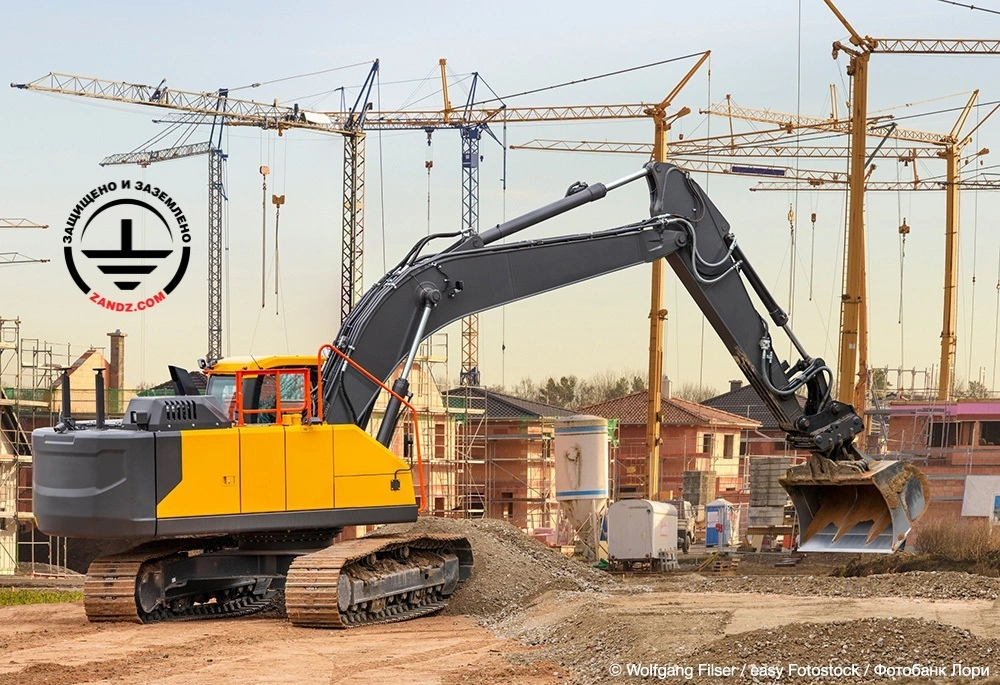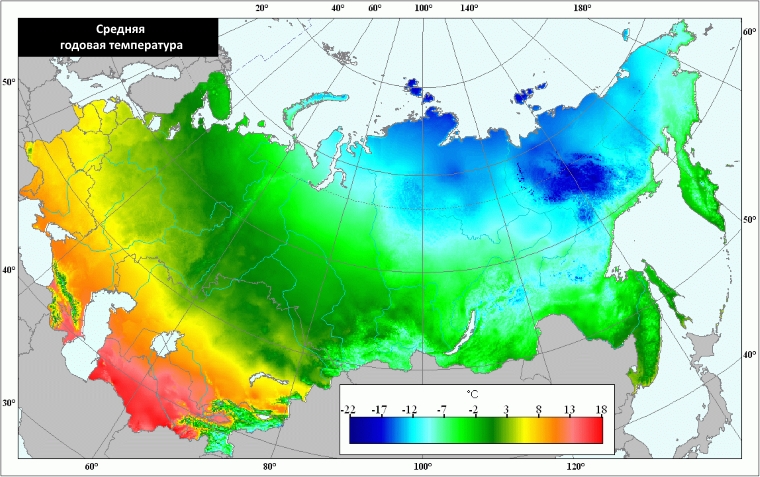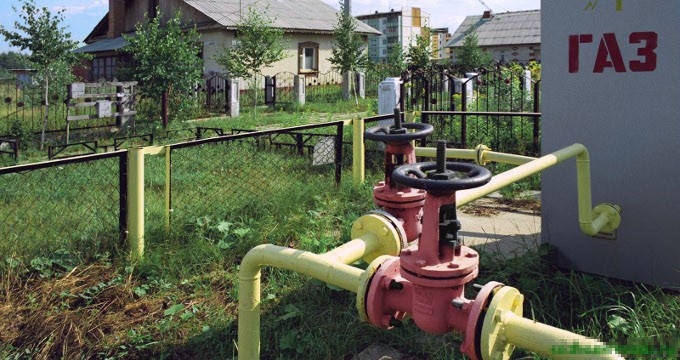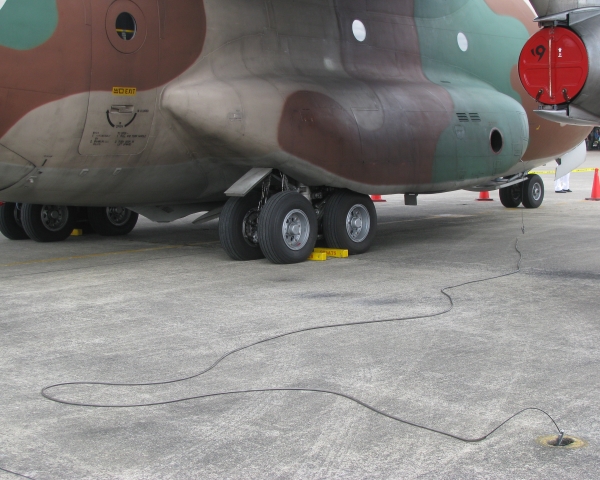
When designing grounding arrangement (GA), issues related to insufficient area for grounding installation and/or too high soil resistance often arise. It is often hard to achieve the required GA resistance at the facility. Is there a way to solve this problem?
Yes, it is. According to the Electrical Installations Code (EIC), item 1.7.106, and GOST R 58882-2020, item 7.4.5.9, the so-called remote grounding can be created. In this case, the grounding arrangement is moved to the location where the soil has a lower resistivity or if a suitable area is available.
Maximum distance by which the remote grounding arrangement can be moved depends on the type of the wire connecting it to the main grounding arrangement. According to GOST R 58882-2020, item 7.4.5.9, the distance cannot exceed 0.5 km when a horizontal ground terminal is used, and 2 km when air or cable line is used.
It is important to meet the requirements to the grounding conductor. When the horizontal ground terminal is used, there should be two of them installed at the depth of at least 1 m. If it is a cable line or a high-voltage line, it should have an insulation for the voltage not lower than the estimated voltage at the ground terminal and have a shock-hazard protection.
If you have complex soils or insufficient space for installation of the grounding arrangement, contact the ZANDZ Technical Center!
Related Articles:







